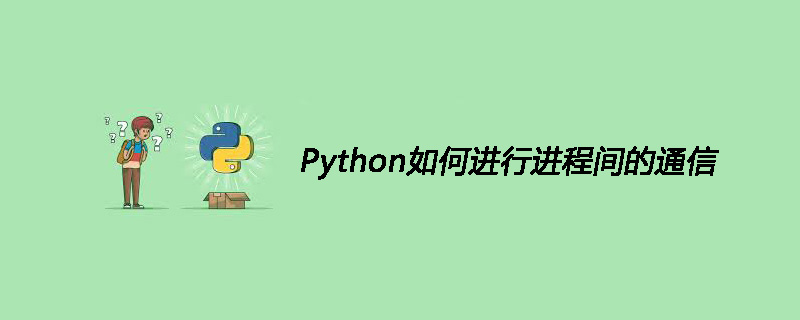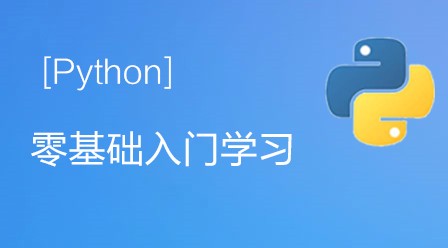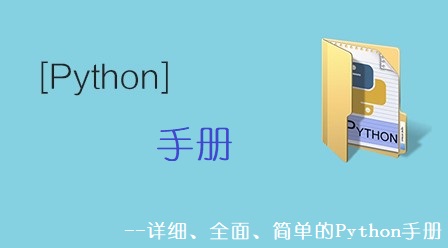
进程间的通信-Queue
1. Queue的使用
可以使用multiprocessing模块的Queue实现多进程之间的数据传递,Queue本身是一个消息列队程序,首先用一个小实例来演示一下Queue的工作原理:
#-*- coding:utf-8 -*-
from multiprocessing import Queue
#创建一个Queue对象,最多可接受三条put消息
q = Queue(3)
q.put("消息1")
q.put("消息2")
print(q.full())
q.put("消息3")
print(q.full())
try:
q.put("消息4",True,2)
except :
print("消息队列已满,现有消息数量:%s"%q.qsize())
try:
q.put_nowait("消息5")
except :
print("消息队列已满,现有消息数量:%s"%q.qsize())
#推荐方式,先判断消息队列是否已满,在写入
if not q.full():
q.put_nowait("消息6")
#读取消息时,先判断消息队列是否为空,在读取
if not q.empty():
for i in range(q.qsize()):
print(q.get_nowait())运行结果为:
False True 消息队列已满,现有消息数量:3 消息队列已满,现有消息数量:3 消息1 消息2 消息3
说明
初始化Queue()对象时(例如:q=Queue()),若括号中没有指定可接收的消息数量,或数量为负值,那么就代表可接受的消息数量没有上限(直到内存的尽头);
Queue.qsize():返回当前队列包含的消息数量;
Queue.empty():如果队列为空,返回True,反之False ;
Queue.full():如果队列满了,返回True,反之False;
Queue.get([block[, timeout]]):获取队列中的一条消息,然后将其从列队中移除,block默认值为True;
1)如果block使用默认值,且没有设置timeout(单位秒),消息列队如果为空,此时程序将被阻塞(停在读取状态),直到从消息列队读到消息为止,如果设置了timeout,则会等待timeout秒,若还没读取到任何消息,则抛出"Queue.Empty"异常;
2)如果block值为False,消息列队如果为空,则会立刻抛出"Queue.Empty"异常;
Queue.get_nowait():相当Queue.get(False);
Queue.put(item,[block[, timeout]]):将item消息写入队列,block默认值为True;
1)如果block使用默认值,且没有设置timeout(单位秒),消息列队如果已经没有空间可写入,此时程序将被阻塞(停在写入状态),直到从消息列队腾出空间为止,如果设置了timeout,则会等待timeout秒,若还没空间,则抛出"Queue.Full"异常;
2)如果block值为False,消息列队如果没有空间可写入,则会立刻抛出"Queue.Full"异常;
Queue.put_nowait(item):相当Queue.put(item, False);
2. Queue实例
我们以Queue为例,在父进程中创建两个子进程,一个往Queue里写数据,一个从Queue里读数据:
from multiprocessing import Process
from multiprocessing import Queue
import os
import time
import random
#写数据进程执行的代码
def write(q):
for value in ["A","B","C"]:
print("Put %s to Queue "%value)
q.put(value)
time.sleep(random.random())
#读取数据进程的代码
def read(q):
while True:
if not q.empty():
value = q.get(True)
print("Get %s from Queue "%value)
time.sleep(random.random())
else:
break
if __name__ == '__main__':
#父进程创建Queue,并传递给各个子进程
q = Queue()
pw = Process(target = write,args=(q,))
pr = Process(target = read,args=(q,))
#启动子进程pw,写入
pw.start()
#等待pw结束
pw.join()
#启动子进程pr,读取
pr.start()
pr.join()
print("所有数据都写入并且读完")运行结果为:
Put A to Queue Put B to Queue Put C to Queue Get A from Queue Get B from Queue Get C from Queue
所有数据都写入并且读完。
3. 进程池中的Queue
如果要使用Pool创建进程,就需要使用multiprocessing.Manager()中的Queue(),而不是multiprocessing.Queue(),否则会得到一条如下的错误信息:
RuntimeError: Queue objects should only be shared between processes through inheritance.
#coding=utf-8
from multiprocessing import Manager
from multiprocessing import Pool
import os
import time
import random
def reader(q):
print("reader启动(%d),父进程为(%d)"%(os.getpid(),os.getppid()))
for i in range(q.qsize()):
print("reader从Queue获取到的消息时:%s"%q.get(True))
def writer(q):
print("writer启动(%d),父进程为(%d)"%(os.getpid(),os.getppid()))
for i in "Se7eN_HOU":
q.put(i)
if __name__ == '__main__':
print("-------(%d) Start-------"%os.getpid())
#使用Manager中的Queue来初始化
q = Manager().Queue()
po = Pool()
#使用阻塞模式创建进程,这样就不需要在reader中使用死循环了,可以让writer完全执行完成后,再用reader去读取
po.apply(writer,(q,))
po.apply(reader,(q,))
po.close()
po.join()
print("-------(%d) End-------"%os.getpid())运行结果为:
-------(880) Start------- writer启动(7744),父进程为(880) reader启动(7936),父进程为(880) reader从Queue获取到的消息时:S reader从Queue获取到的消息时:e reader从Queue获取到的消息时:7 reader从Queue获取到的消息时:e reader从Queue获取到的消息时:N reader从Queue获取到的消息时:_ reader从Queue获取到的消息时:H reader从Queue获取到的消息时:O reader从Queue获取到的消息时:U -------(880) End-------
相关推荐:









